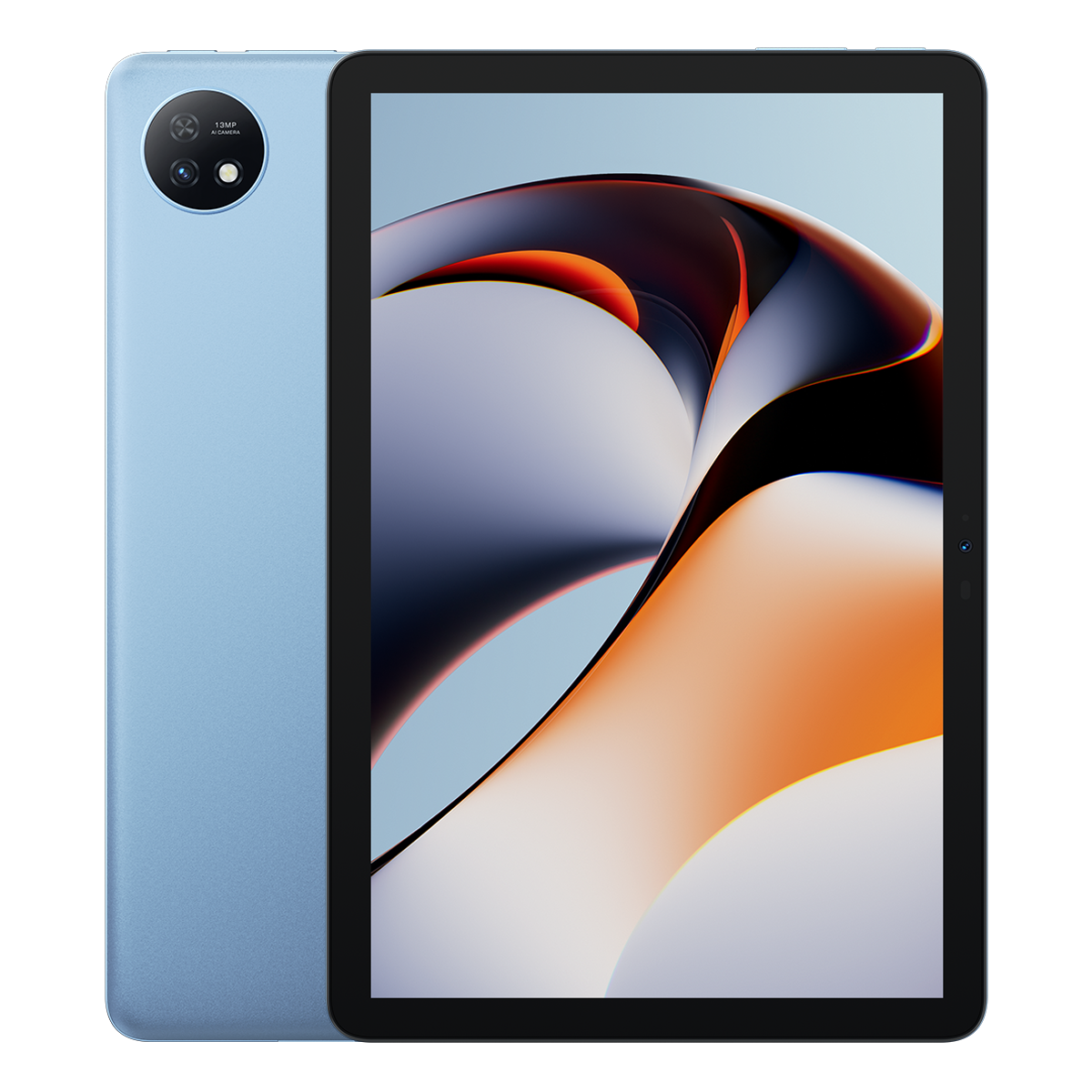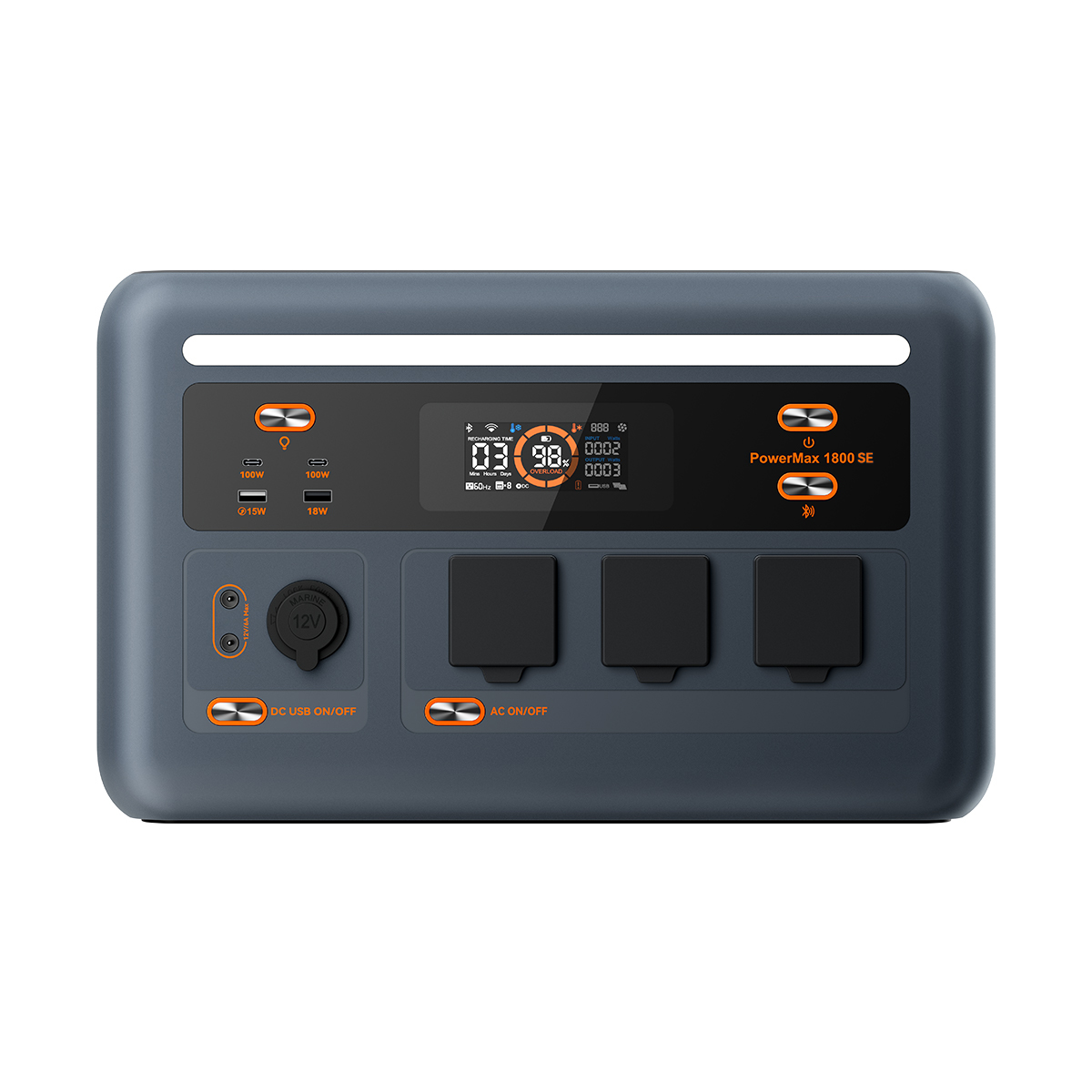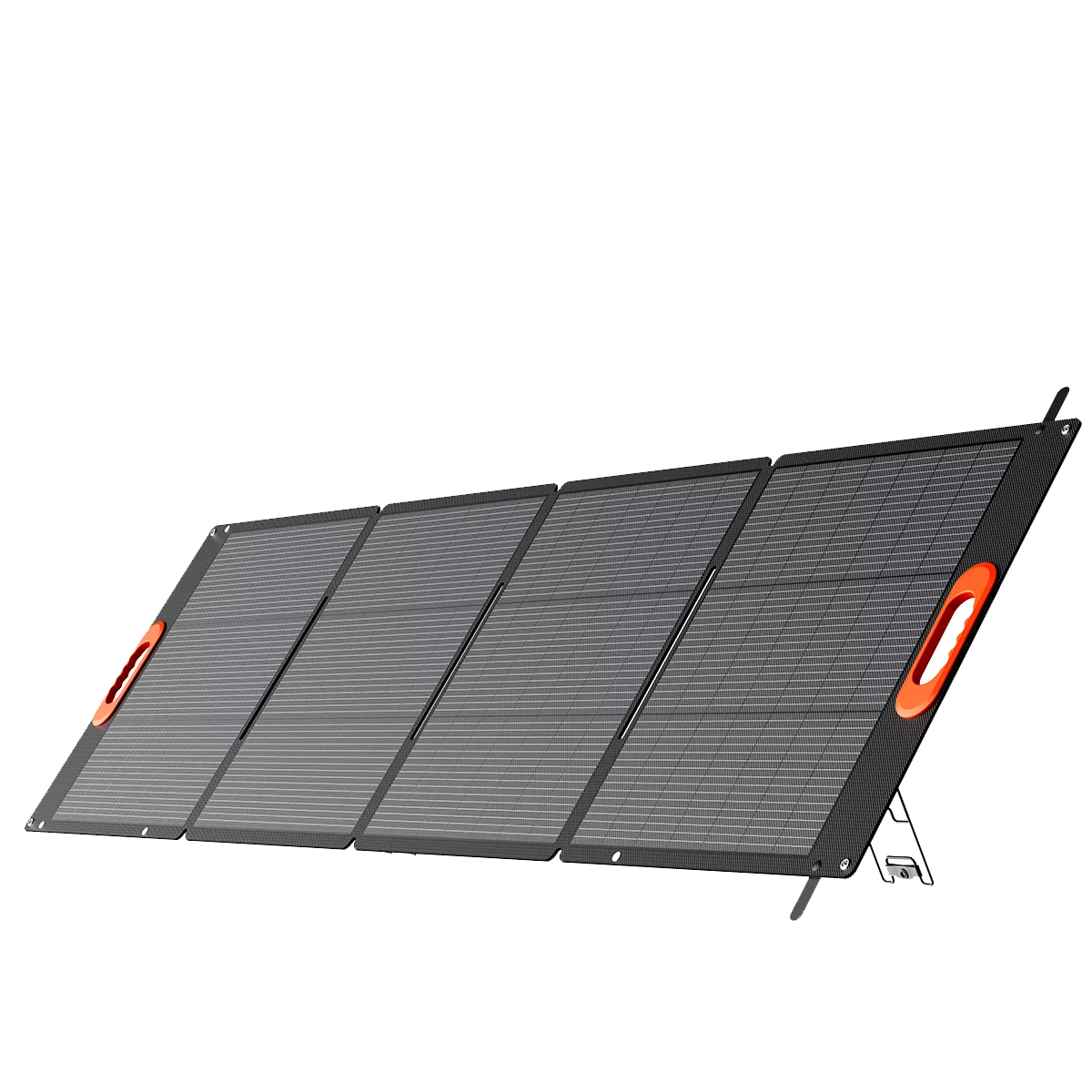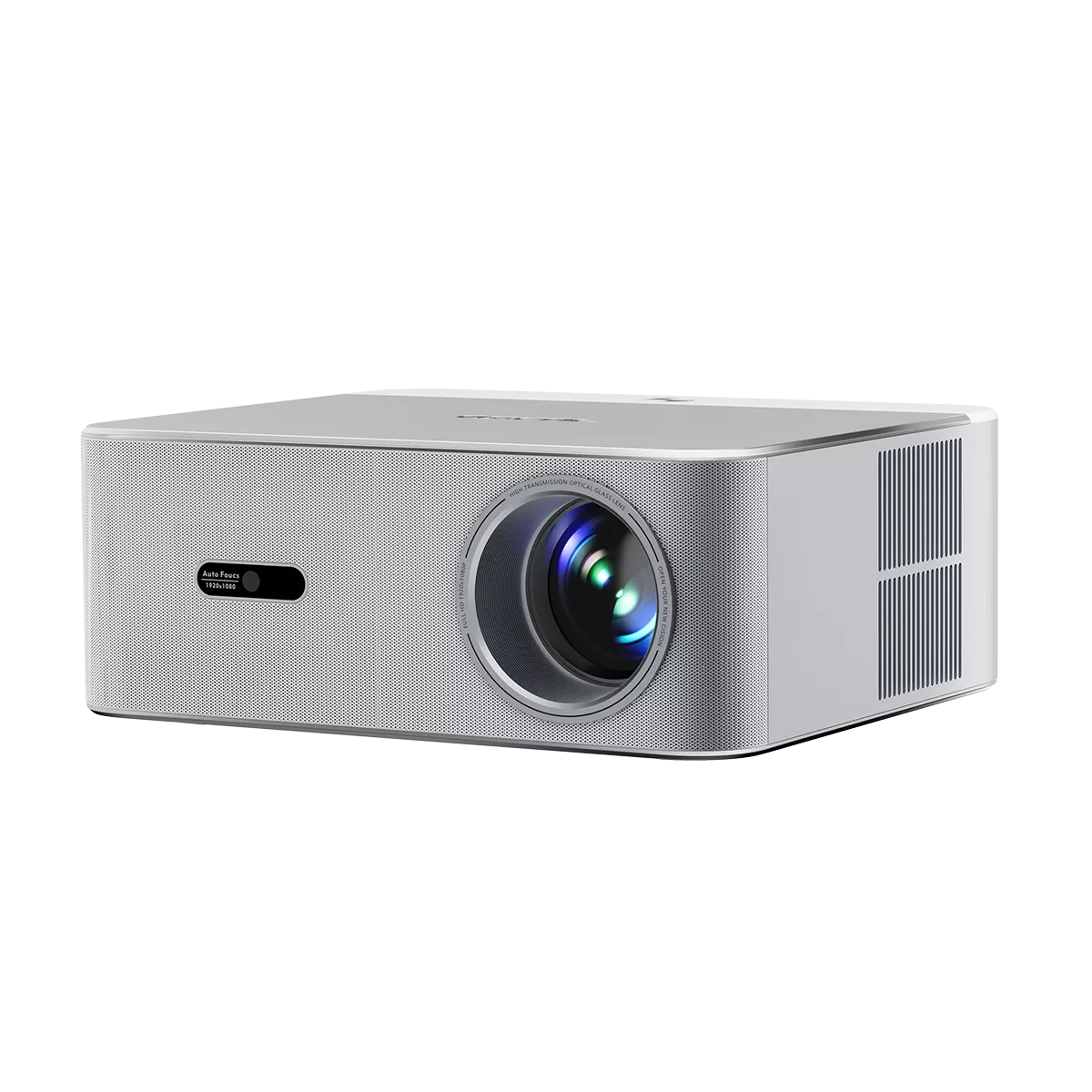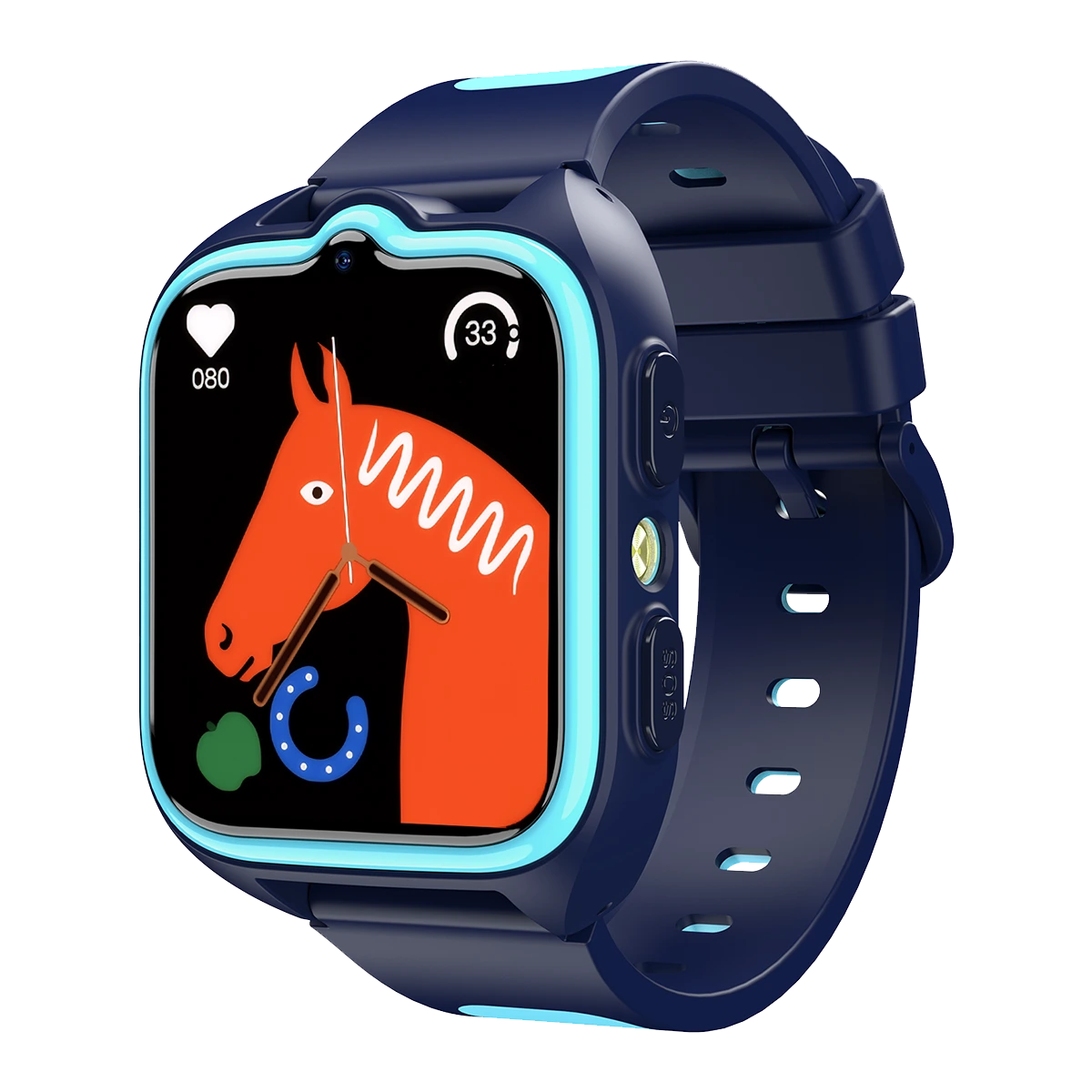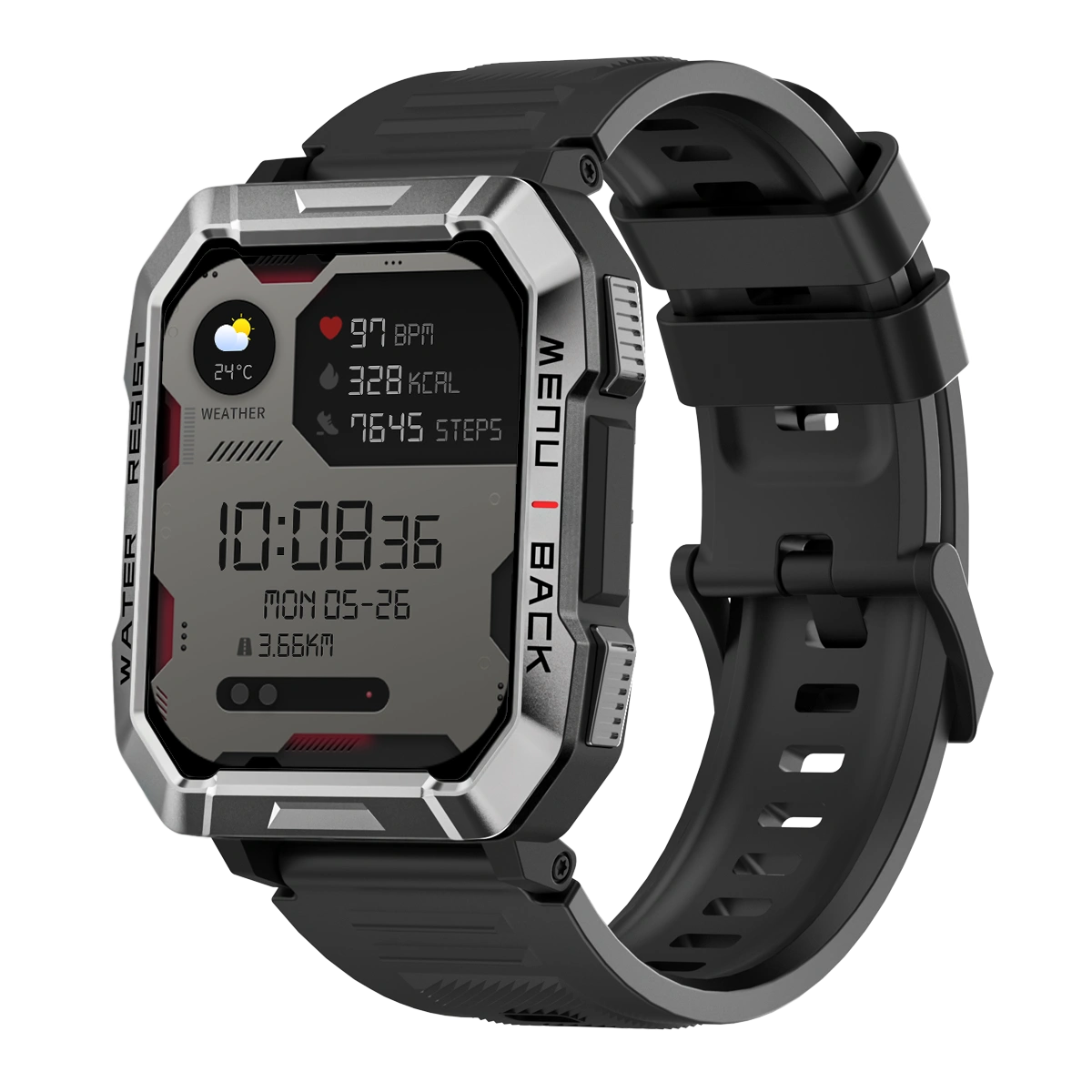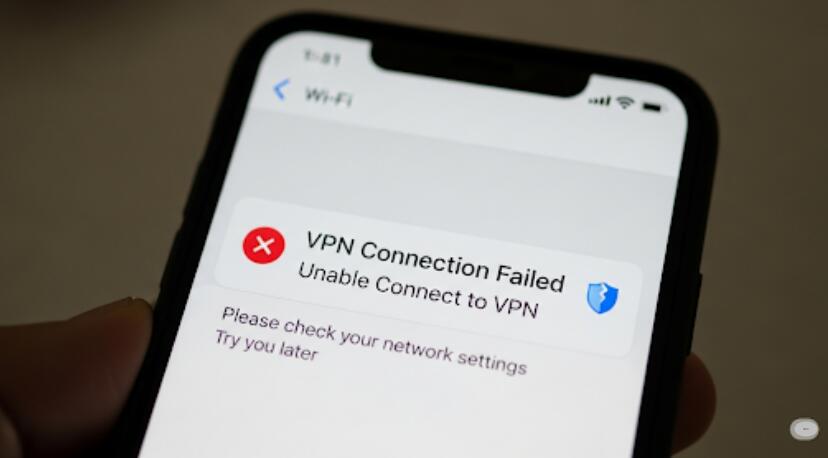Welcome to OSCAL (Well-known brand of outdoor smartphone, tablet, and portable power station) blog. Hope this guide has been helpful.
WiFi has become an essential part of modern life, powering our internet connections at home, work, and public spaces. But as its usage grows, so do concerns about whether WiFi emits harmful radiation. Many people wonder if the radio waves used in wireless communication pose health risks, especially with prolonged exposure. This guide explores the science behind WiFi radiation, its effects, and whether you should be concerned.
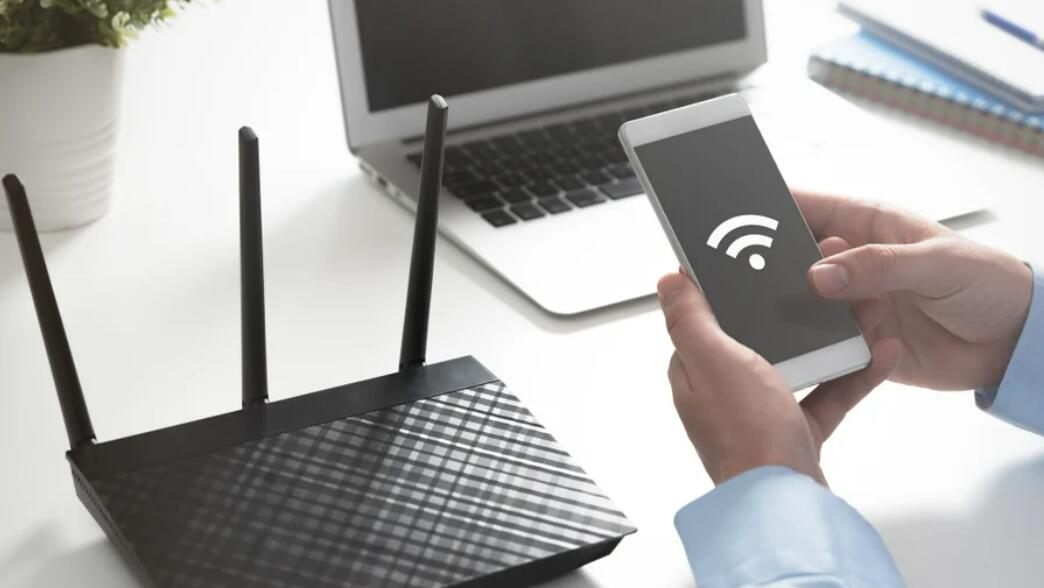
Radiation is a broad term that refers to energy emitted in the form of waves or particles. While some types of radiation (like X-rays or UV rays) can be harmful, others (such as visible light and radio waves) are generally considered safe. WiFi operates using radiofrequency (RF) waves, a type of non-ionizing radiation, which is much weaker than ionizing radiation (e.g., X-rays or gamma rays). But does that mean it’s completely harmless? Let’s dive deeper into how WiFi radiation works and what research says about its potential impact on health.
Public opinion on WiFi radiation is divided—some believe it’s completely safe, while others worry about long-term exposure. Governments and health organizations, including the World Health Organization (WHO) and the Federal Communications Commission (FCC), have set safety guidelines for RF exposure. But with conflicting studies and debates over 5G technology, it’s important to separate facts from myths. This guide will cover:
- What type of radiation WiFi emits
- How it compares to other radiation sources
- Scientific research on WiFi and health risks
- Safety recommendations and precautions
What Kind of Radiation Does WiFi Emit?
WiFi routers and devices use radiofrequency (RF) electromagnetic fields to transmit data. This falls under non-ionizing radiation, meaning it doesn’t carry enough energy to break chemical bonds or damage DNA—unlike ionizing radiation (e.g., X-rays or nuclear radiation). The frequency range for WiFi is typically between 2.4 GHz and 5 GHz, which is much lower than the frequencies used in medical imaging or ultraviolet light.
How Does WiFi Radiation Compare to Other Sources?
WiFi signals are far weaker than many other common RF sources, including:
- Cell phones (emit higher RF levels when in use)
- Microwave ovens (use similar frequencies but at much higher power)
- FM radio & TV signals (broadcast over longer distances)
Even sunlight exposes us to more intense radiation (including UV rays) than WiFi routers. However, since WiFi is constantly present in homes and offices, some people worry about cumulative exposure.
Scientific Research on WiFi and Health Risks
Multiple studies have investigated whether WiFi radiation poses health risks. Organizations like the WHO and the International Agency for Research on Cancer (IARC) have classified RF radiation as "possibly carcinogenic" (Group 2B), but this is based on limited evidence, mainly from high-exposure sources like heavy cell phone use—not typical WiFi exposure.
Key findings include:
- No conclusive evidence links WiFi to cancer or DNA damage.
- Some studies suggest minor biological effects (e.g., changes in brain activity), but these are not proven harmful.
- Most regulatory agencies state that WiFi radiation levels are well below safety thresholds.
Safety Recommendations and Precautions
While WiFi radiation is considered low-risk, you can take precautions if you’re concerned:
- Increase distance from routers (signal strength drops rapidly with distance).
- Use wired connections (Ethernet) when possible.
- Turn off WiFi at night if you want to minimize exposure.
However, most experts agree that WiFi radiation is not a significant health risk compared to other environmental factors.
Conclusion
WiFi does emit radiation, but it’s non-ionizing and much weaker than many other RF sources. Current scientific consensus suggests that WiFi poses minimal health risks at typical exposure levels. While it’s reasonable to take precautions if you’re concerned, there’s no strong evidence supporting widespread fear of WiFi radiation. Staying informed and relying on credible research is the best way to make educated decisions about technology and health.




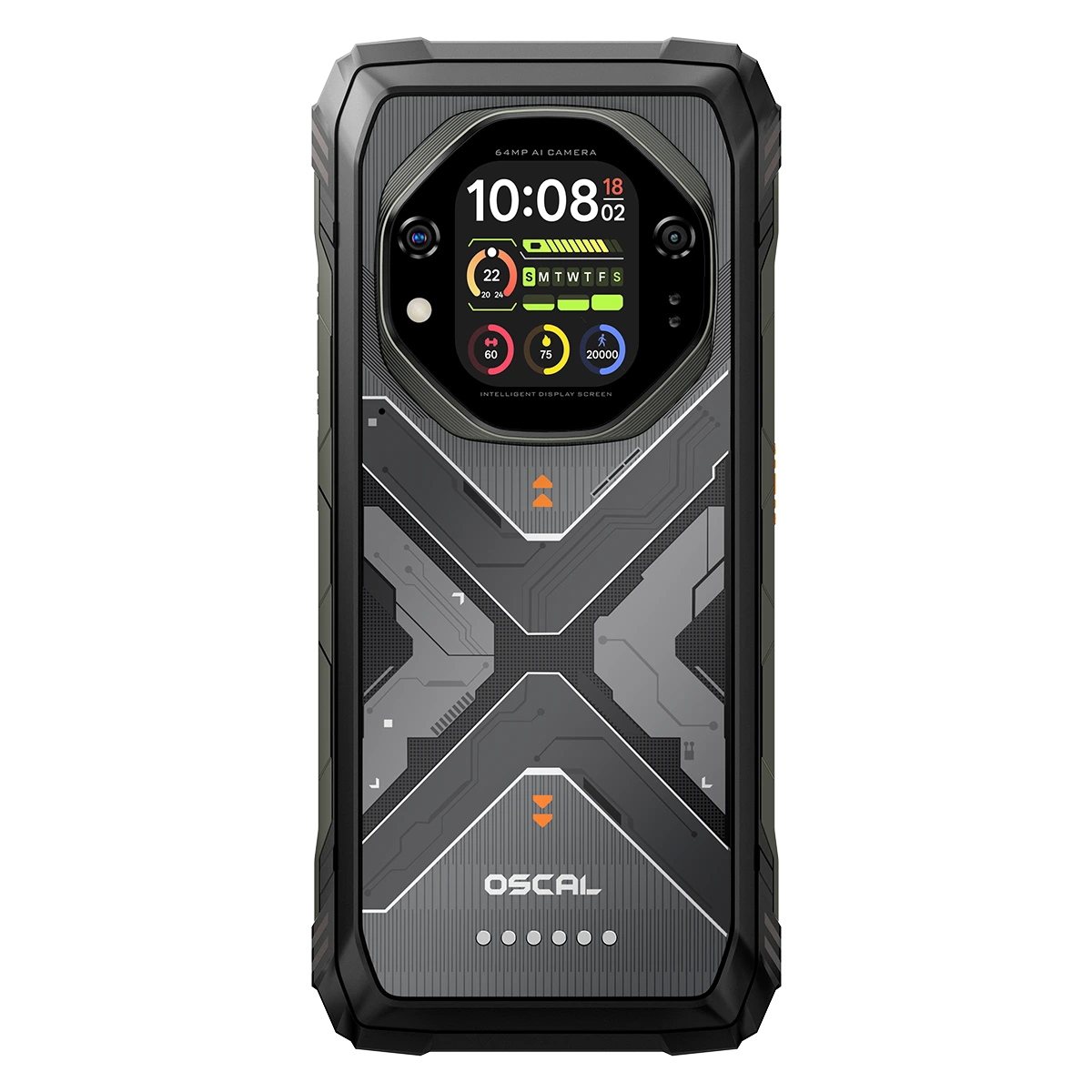


























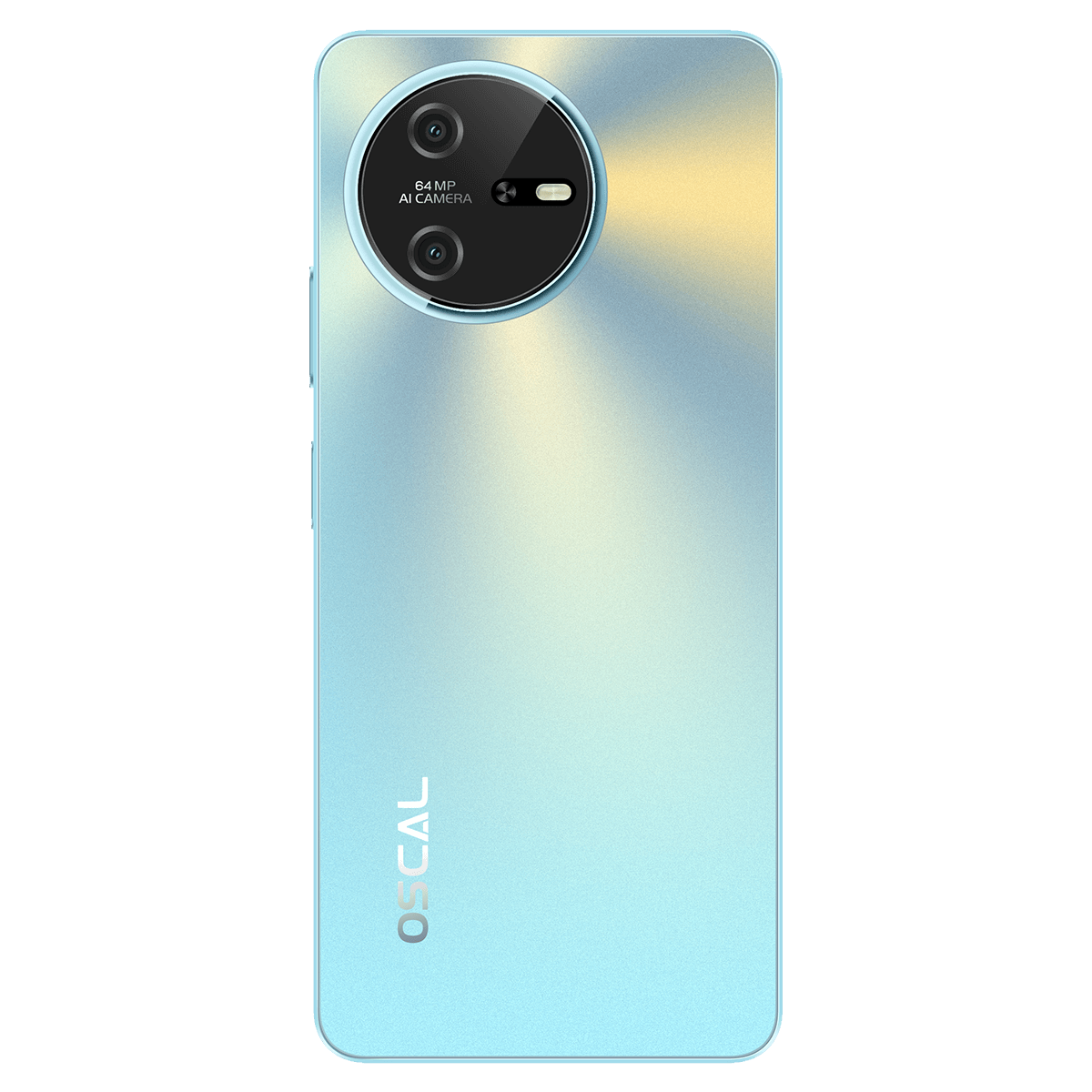
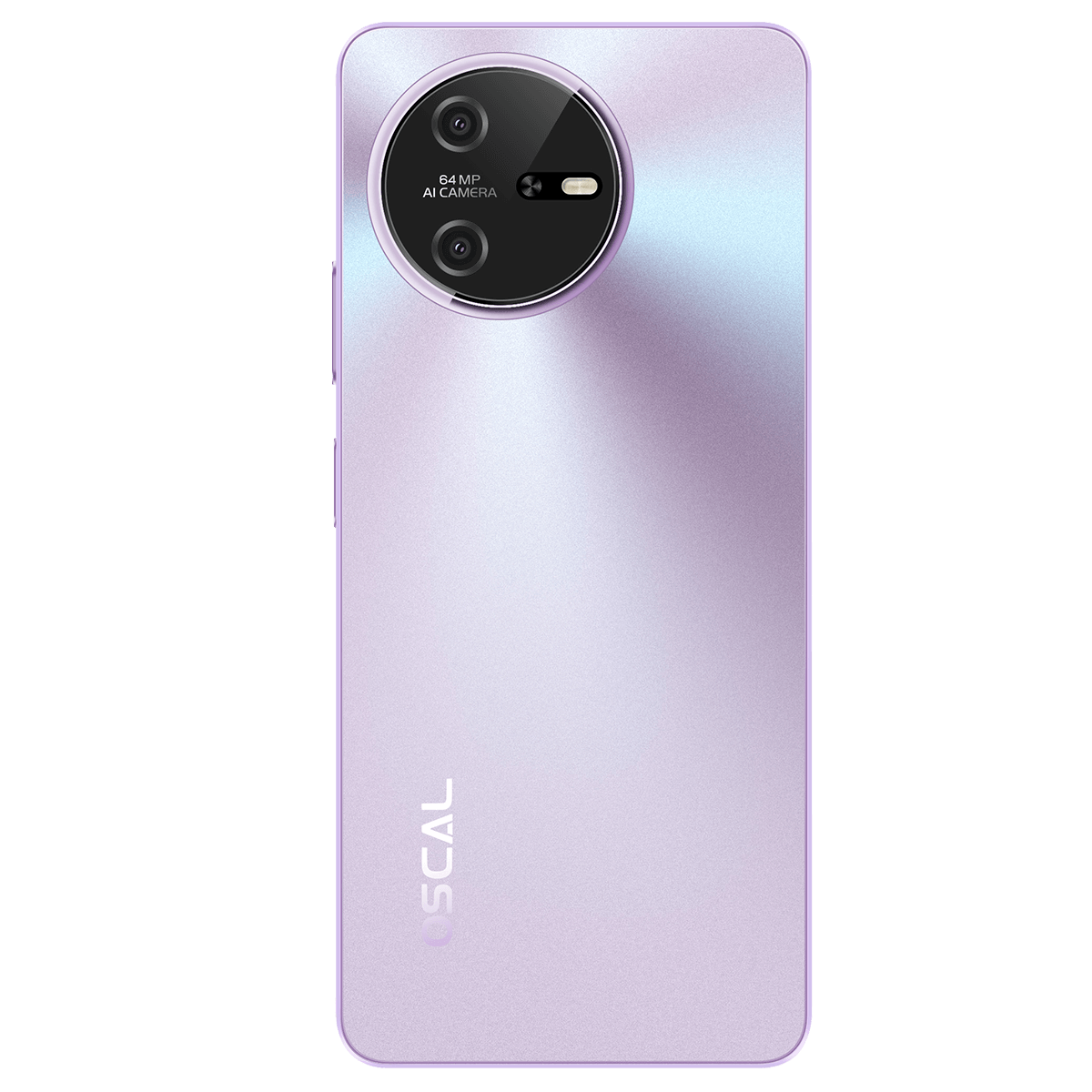


































 (1)-20251204034946188.jpg)








































